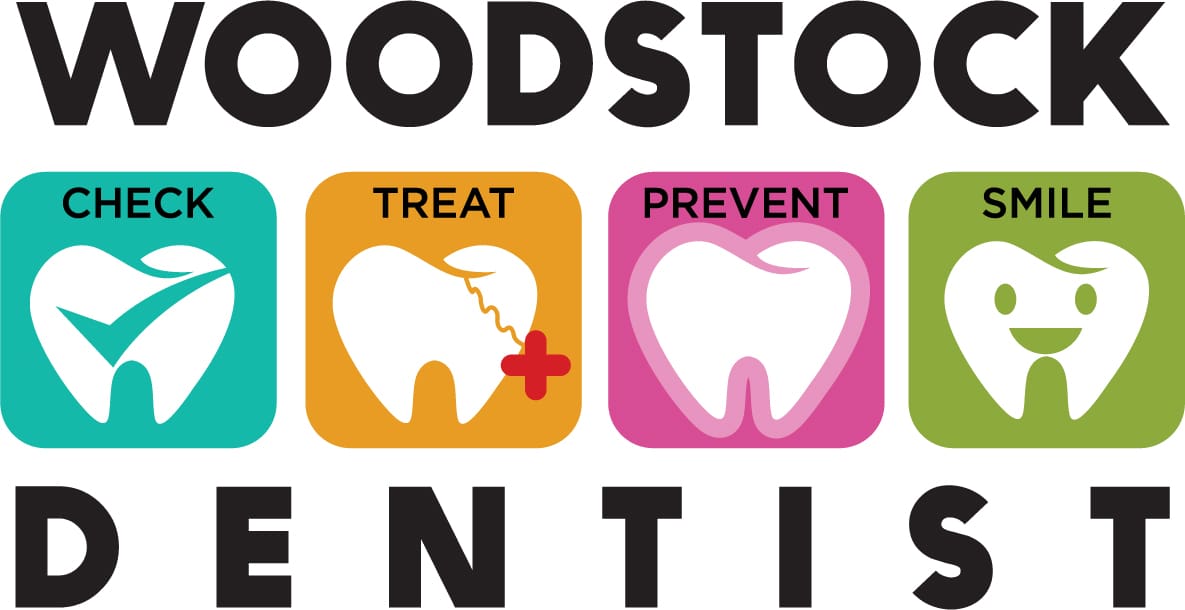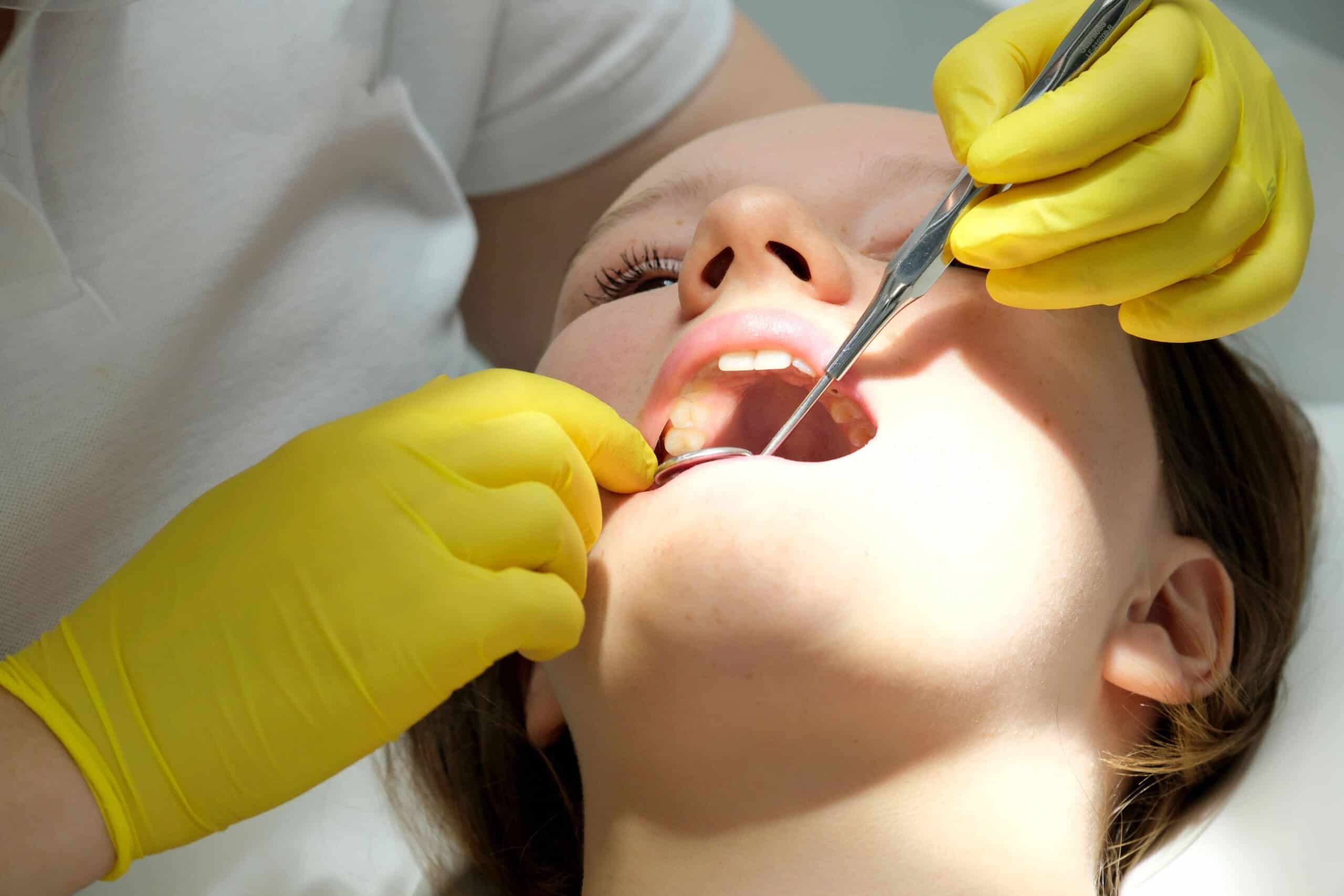Have you ever wondered what tooth extraction tools dentists use for the procedure? These specialized instruments are designed to ensure the safe and efficient removal of teeth, with each tool serving a specific purpose in the process. Understanding the basics of these tools can provide insight into how dental professionals perform extractions with precision and care.
Tooth Extraction Tools: Types of Extraction Tools
Tooth extraction tools are essential instruments in dental procedures, designed to facilitate the safe and efficient removal of teeth. These tools come in various types, each serving a specific purpose during the extraction process. Commonly used tooth extraction tools include forceps, elevators, and luxators. Forceps are used to grasp and remove the tooth from its socket, while elevators help in loosening the tooth by applying pressure to the surrounding bone. Educators, on the other hand, are designed to cut the periodontal ligament, making it easier to extract the tooth with minimal trauma.
Understanding the different types of tooth extraction tools can provide insight into how dentists perform extractions with precision and care. Each tool is crafted to handle specific challenges that may arise during the procedure, ensuring that the tooth is removed effectively while minimizing discomfort for the patient. For those curious about the experience of undergoing a tooth extraction, explore topics like Does Getting a Tooth Extraction Hurt? Pain Management Tips can offer valuable information on what to expect and how pain is managed during and after the procedure.
History of Dental Instruments
The evolution of tooth extraction tools is a fascinating journey that dates back to ancient civilizations. Early dental instruments were rudimentary, often crafted from materials like wood and stone. As societies advanced, so did the sophistication of these tools. By the Middle Ages, metalworking had improved, allowing for the creation of more precise and durable instruments. This period saw the introduction of forceps and other specialized tools that laid the groundwork for modern dentistry.
In the 19th and 20th centuries, significant advancements in technology and materials science revolutionized dental practices. The development of stainless steel and other durable materials allowed for the production of more effective and hygienic tooth extraction tools. These innovations have paved the way for contemporary dental procedures, ensuring patient safety and comfort. For those interested in learning more about modern dental practices, you can explore Woodstock Professional Tooth Extractions to understand how these historical advancements have shaped current techniques.
“`
Sterilization and Maintenance Practices
Ensuring the cleanliness and longevity of tooth extraction tools is paramount in dental practices. Sterilization and maintenance practices are crucial to prevent infections and ensure the safety of both patients and dental professionals. These practices involve rigorous cleaning protocols, including the use of autoclaves and other sterilization equipment, to eliminate any potential contaminants from the tools.
Regular maintenance checks are also essential to ensure that each instrument functions correctly and efficiently during procedures. By adhering to strict sterilization and maintenance standards, dental practices uphold the highest levels of hygiene and care when using tooth extraction tools.
Commonly Used Forceps
In the realm of tooth extraction tools, forceps are indispensable instruments that dentists rely on to perform successful extractions. These specialized tools come in various shapes and sizes, each designed to grip different types of teeth securely, whether they are incisors, canines, premolars, or molars. The design of forceps allows for a firm grip on the tooth, enabling the dentist to apply the necessary force to remove it from the socket with precision and care.
By understanding the role of commonly used forceps in dental procedures, patients can gain a better appreciation of the skill and expertise involved in tooth extractions. For those seeking more information on dental procedures, visiting a Woodstock Dentist can provide valuable insights into the array of tooth extraction tools used by professionals.
Role of Elevators in Extractions
In the realm of tooth extraction tools, elevators play a crucial role in facilitating the removal of teeth. These specialized instruments are designed to loosen teeth from the periodontal ligament and surrounding bone, making the extraction process more efficient and less traumatic for the patient.
Elevators come in various shapes and sizes, each tailored to specific extraction needs, allowing dentists to apply the necessary leverage and force with precision. By effectively mobilizing the tooth, elevators help minimize potential damage to the surrounding tissues, ensuring a smoother extraction process.
Innovations in Dental Technology
In recent years, the field of dentistry has seen remarkable advancements, particularly in the development of tooth extraction tools. These innovations have revolutionized the way dental professionals approach extractions, making the process more efficient and less invasive. Modern tooth extraction tools are designed with precision and ergonomics in mind, allowing for enhanced control and reduced discomfort for patients.
The integration of cutting-edge materials and technology has also contributed to improved outcomes, ensuring that extractions are performed with greater accuracy and safety. As dental technology continues to evolve, these advancements promise to further refine the tools and techniques used in tooth extractions, ultimately benefiting both practitioners and patients alike.
Safety Measures in Tooth Extraction
When it comes to tooth extraction, ensuring patient safety is paramount, and this is where the expertise of dental professionals and the precision of tooth extraction tools come into play. Dentists adhere to stringent safety protocols to minimize risks and ensure a smooth procedure. This includes the use of sterilized tooth extraction tools to prevent infections and the implementation of proper techniques to reduce trauma to surrounding tissues.
Additionally, dentists conduct thorough pre-extraction assessments to identify any potential complications, ensuring that each step of the process is tailored to the individual needs of the patient. By prioritizing safety, dental professionals help facilitate a successful tooth extraction experience.
Training for Dental Professionals
Dental professionals undergo extensive training to master the use of tooth extraction tools, ensuring they can perform procedures safely and effectively. This training encompasses a deep understanding of various instruments, such as forceps and elevators, and their specific applications in different extraction scenarios.
By honing their skills through both theoretical knowledge and hands-on practice, dental professionals are equipped to handle the complexities of tooth extractions with precision. This comprehensive training is crucial for maintaining high standards of patient care and ensuring successful outcomes in dental procedures.
Post-Extraction Care Essentials
After a tooth extraction, understanding the essentials of post-extraction care is crucial for a smooth recovery. While the focus often remains on the tooth extraction tools used during the procedure, the aftercare process plays an equally important role in ensuring optimal healing. Proper care helps in managing discomfort and preventing complications, allowing the extraction site to heal effectively.
This phase involves maintaining oral hygiene and being mindful of activities that could impact the healing process. By prioritizing post-extraction care, patients can support their recovery journey and contribute to the overall success of the dental procedure.
Conclusion
Understanding the various tooth extraction tools used by dentists can ease your mind about the procedure; for more information or to schedule a consultation, call 678-483-5999 or check out our Google Maps reviews.






